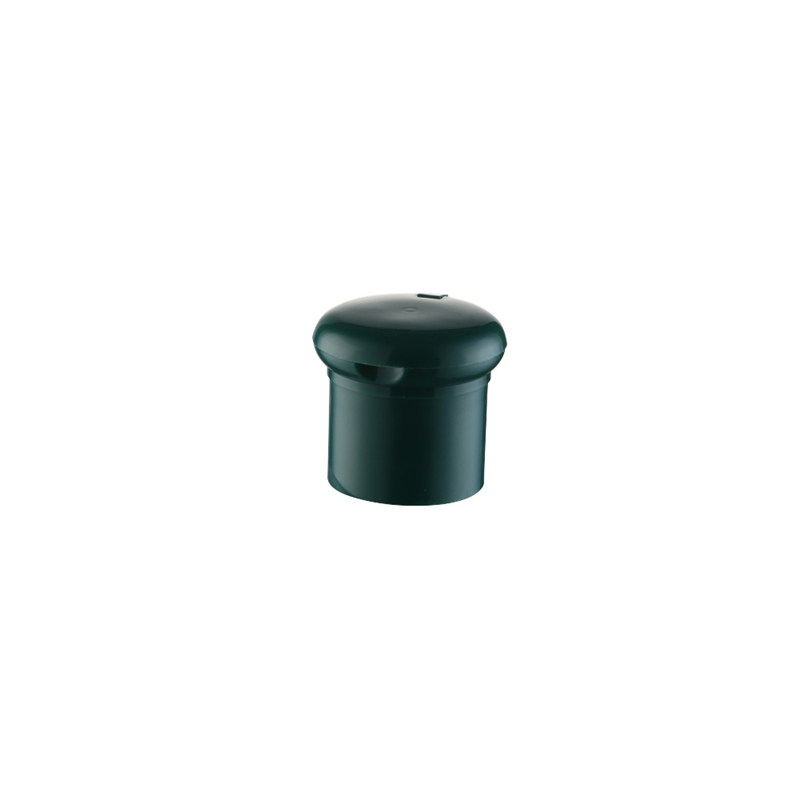How Do You Dispose of plastic caps Properly?
Update:Jun 12,2023
Summary:Plastic caps can be found on a wide variety of plastic containers and products. They range from soda bottles to laundry baskets, and even camera lense...
Plastic caps can be found on a wide variety of plastic containers and products. They range from soda bottles to laundry baskets, and even camera lenses!
They’re usually made of #5 plastic (polypropylene), which is a common resin for non-food packaging. The body of the bottle itself is usually #1 or #2 plastic, made from polyethylene terephthalate (PET, or plastic #1 based on resin codes) and high-density polyethylene (HDPE, or plastic #2 based on resin codes).
Caps should never be left on empty bottles for recycling.
The reason for this is that they are too small to be sorted at a materials recovery facility. The caps and containers will either fall through the disk screens at the MRF or will contaminate the glass shards.
Thankfully, new processing technology is available that can collect and recycle caps and containers while they’re attached to bottles. They are ground into flakes and introduced into a flotation tank to separate the plastic types for end use.
If the recycling facility accepts them, they are then baled and re-granulated at the plant to be reused in a variety of products. If they don’t, you can find information about how to dispose of them from your local recycling facility by searching their website or contacting the facility directly.
Most city bottle caps are now recyclable. They are often accepted by facilities that don’t have separation machinery, so it is important to ask your recycling program before putting your bottle cap in the bin.

They’re usually made of #5 plastic (polypropylene), which is a common resin for non-food packaging. The body of the bottle itself is usually #1 or #2 plastic, made from polyethylene terephthalate (PET, or plastic #1 based on resin codes) and high-density polyethylene (HDPE, or plastic #2 based on resin codes).
Caps should never be left on empty bottles for recycling.
The reason for this is that they are too small to be sorted at a materials recovery facility. The caps and containers will either fall through the disk screens at the MRF or will contaminate the glass shards.
Thankfully, new processing technology is available that can collect and recycle caps and containers while they’re attached to bottles. They are ground into flakes and introduced into a flotation tank to separate the plastic types for end use.
If the recycling facility accepts them, they are then baled and re-granulated at the plant to be reused in a variety of products. If they don’t, you can find information about how to dispose of them from your local recycling facility by searching their website or contacting the facility directly.
Most city bottle caps are now recyclable. They are often accepted by facilities that don’t have separation machinery, so it is important to ask your recycling program before putting your bottle cap in the bin.


 English
English Español
Español










